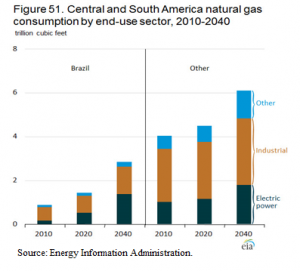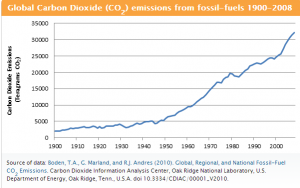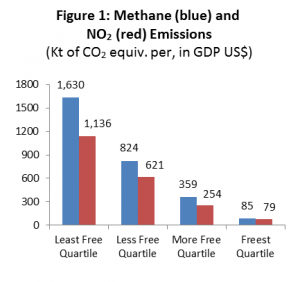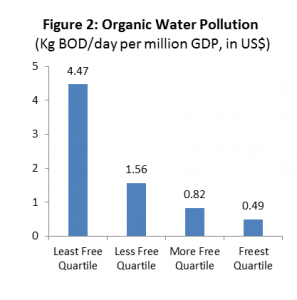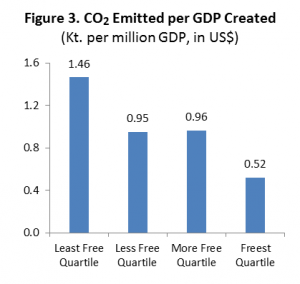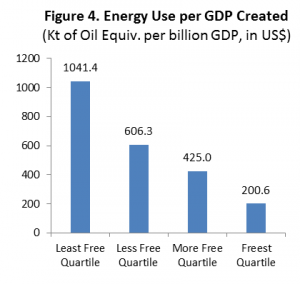The Troubling Murkiness of Sustainability
What does the phrase “sustainable development” mean to you? Your answer is particularly important, because our government is asking us to make many sacrifices to our personal freedoms in its name. We need to know if it is all worthwhile. Consider the following:
Where did this phrase originate? The United Nations World Commission on Environment and Development (also known as the Brundtland commission) first coined the phrase in a report published back in 1987, and it has since taken on a life of its own ever since.
The Environment Protection Agency (EPA) uses this definition: “Sustainability creates and maintains the conditions under which humans and nature can exist in productive harmony, that permit fulfilling the social, economic and other requirements of present and future generations.”
What is required for promoting sustainability? Setting aside the notion of “productive harmony” between humans and nature (whatever that means), finding the best way to fulfill the resource demands of both our present and future generations certainly sounds appealing.
Yet, based on the hue and cry for greater regulation over energy production and natural resource use in our economy, it appears that the voluntary interaction between people engaged in production and exchange in the private marketplace is an unsustainable system that has been found wanting.
Is there a better alternative than voluntary exchange? It is assumed by many that abandoning the marketplace and embracing a democratically designed regulatory process for allocating our nation’s resources will create a superior balance to this intergenerational tug-of-war over alternative resource uses.
However, in two earlier articles appearing in this blog, I give many reasons why we cannot presume that a centralized and involuntary approach toward managing our nation’s resources — even through a democratic process — will necessarily create a more sustainable outcome to the private marketplace.
Why? The same misalignment of incentives and imbalance of influence over resource use decisions that critics claim corrupt the market process are also quite prevalent in any democratic process that directs public resource use. But there are still other issues with relying on public policy to effectively deliver sustainable development.
What are the costs and benefits of sustainable development practices? Whenever the voluntary interactions between people are curtailed, they bear the lost benefits that could have been enjoyed by both parties had they been free to continue their activity. These costs are real and can only be revealed by those who willingly abandon this activity. Like the homeowner who relinquishes her house title to a buyer willing to pay the right price, the true value that is lost from this forgone activity is revealed only when a person receives sufficient payment to voluntarily stop the activity.
Even when market activities do not impose any burdens on third parties (like pollution), restricting human freedoms in the name of sustainability is usually justified by the claim that benefits need be preserved for future generations to enjoy. Yet, these benefits can only be accurately measured by those who voluntarily pay to preserve them for others to consume. Like the ratio of income that parents save for their children’s college education, the value of these future benefits is revealed only when each person voluntarily pays a price sufficient to acquire them for someone else.
This all implies that if our federal agencies claim to know the true costs that are borne by everyone who is forced to abandon their beneficial activities, or to know the true value of benefits that are funded by many people today but reserved for future generations to enjoy, then our democratic government suffers from a hubris that Friedrich von Hayek termed “the fatal conceit.”
Hayek understood that only the voluntary, decentralized interactions of millions of individuals in the marketplace can create the spontaneous and orderly outcomes that incorporate the greatest amount of cost and benefit information that could possibly be considered in order to create the best possible outcomes for the greatest number of people in society.
One of the reasons we value freedom so highly is that we instinctively know that nobody else can manage our own lives to produce as much joy as we can obtain by freely making our own decisions. Indeed, the concept of sustainable development has been applied with great rhetorical fervor to just about everything we find valuable in society — except the joy from exercising our personal liberty.
Which brings us back to our initial query: Is sustainable development — at least as it is being promised and delivered by our federal bureaucracy — worth the price that we are being asked to pay? How would you know?
